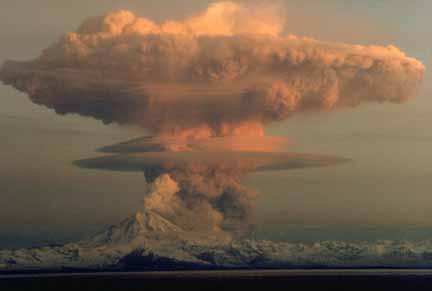Volcanic Ash Causes Disruptions and Anger Over EU Response
 Thursday, April 22, 2010 at 1:20PM | |
Thursday, April 22, 2010 at 1:20PM | |  Email Article
Email Article Just when you thought your business continuity and disaster preparedness planning had accounted for everything, Iceland’s Eyjafjallajökull volcano erupts spewing ash into the atmosphere and into trans-Atlantic and European flight paths.
The ash prompted the closing of European airspace and cost the air carriers an estimated $1.7 Billion U.S. Dollars. It also resulted in a backlash of anger from both passengers and carries who feel that the need for a complete shut down of European airspace was unnecessary.
Most of the outrage seems directed at EU leaders and why it took them five days before they even had a conference call on the issueonce the flights were canclled. Though safety should be the top concern many are wondering why proper monitoring of ash by airplanes with sensors is not being done as is in the United States.
Most organizations today do not have plans for volcanic eruptions and disruptions caused by ash clouds in their business continuity and disaster preparedness plans (unless they are in close proximity to a volcano). However, most organizations especially the ones who operate globally, have plans based on travel disruptions (or at least they should).
These travel disruption situations should work well and are a good example of how you can use All-Hazards planning within your business.
The current models (computer based models - of which I am not a big fan) and guidance from International Civil Aviation Organization (ICAO) are based on data from the 1980's dictate that when there is ash present flights remain grounded.
Today, after the complete closure of EU airspace and the economic loss from the flights many are calling for new methods and consider the response outdated. New methods and scientific data should be utilized but safety should be the first and foremost consideration and not profits.
As stated in the video interview above this could develop over time and become worse leaving only windows for air travel during the next few months if the volcano continues to erupt.
More information:
BBC - How Volcano Chaos Unfolded in Graphics
BBC - Animated Guide Volcanoes









